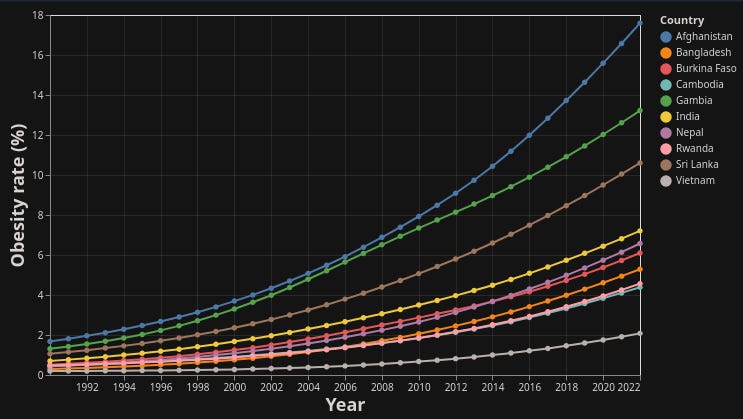Verification debt is the AI era’s technical debt
Like technical debt, it arises from prioritizing speed or convenience over thoroughness. Except instead of primarily affecting the longer term maintainability of technical solutions as with technical debt, it more broadly affects the trustworthiness, accuracy and understanding of a range of outputs such as academic papers, code, and many other documents and artifacts.
As with technical debt, verification debt can accumulate “compound interest” over time as unverified AI outputs become relied upon, copied and re-used in downstream workflows, resulting in a trust cascade where future outputs build on a shaky foundation. This unverified content can propagate errors, mislead decision-making, and create a compounding burden on future reviewers, auditors, or stakeholders who must detect and correct mistakes after they’ve already caused downstream impact. Verification debt also incurs a compounding cognitive cost: by outsourcing tasks to AI tools, we risk forming shallower or misleading mental models, leading to weaker individual and shared understanding than if those tasks had been done manually.
Software development teams that accumulate technical debt on projects will often themselves later pay the cost of refactoring that technical debt. In contrast, verification debt is more prone to becoming a moral hazard, where the party that incurs the debt may not be the same party that pays the cost of verification later on. While software development teams often knowingly incur technical debt, verification debt is more prone by nature to being incurred accidentally as adequate verification requires sufficient domain knowledge which verifiers may not realize they do not possess. While technical debt primarily poses risks to the maintainability of software systems, verification debt, through its much broader applications, poses broader risks to society.













